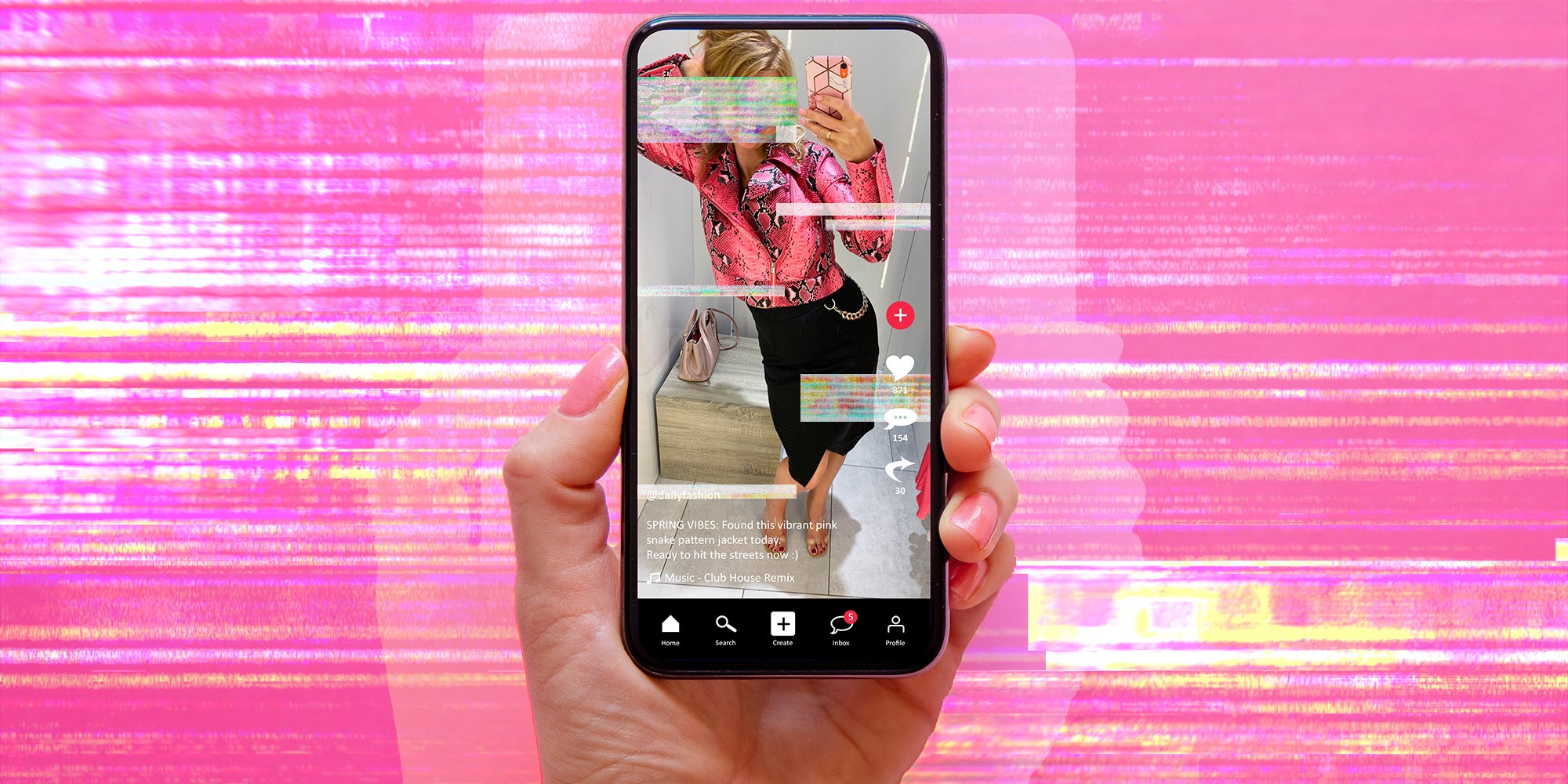
Analysis
TikTok is testing drastic changes to its “retouch” feature, and people are concerned these video retouching could have a devastating impact on how people perceive themselves. What was once a button to blur out a bad skin day now offers subtle facial reconstruction with no disclaimer.
It’s not unusual for a social media app to introduce a new beauty filter. With every day comes a new batch of beauty filters on Snapchat, Instagram, and TikTok that are clearly labeled when used and easy to share.
But this latest change is not just a novelty filter with a standard set of changes that are easy to detect, like the infamous puppy Snapchat filter or the Bold Glamour filter of days past. It’s customizable and subtle—creators can tweak individual facial features, like eye size and face shape. It’s a far cry from typical fad filters.
What’s perhaps most sinister about the new feature is that it’s part of TikTok’s standard “retouch” button, located on the side of the screen you see before filming along with buttons that control timing and coloration. Now, editing your facial structure is as easy and as normal as altering the lighting of your video.
Creator Kate Davidson, who shared a video of herself on TikTok trying out the new feature, said she was able to tweak her appearance so much that she didn’t even look like herself.
“TikTok has gone too far,” she said in the video, later pointing out that TikTok wouldn’t even show that she used this retouching feature to alter her face because it’s part of the app’s basic settings. There’s not even a tag disclosing the filter so people know that’s not what she really looks like.
Multiple commenters called out how a feature like this could further exacerbate people’s insecurities—especially the young girls who feel like they have to look as perfect as the people they see on social media. I’m pushing 30, and even I don’t want to open the TikTok camera for fear of discovering something new that I hate about myself.
“All the little girls are gonna have such bad self-image issues,” one user wrote in the video’s comments section. “We think we had it bad but this is crazy.”
Some users even alleged TikTok was applying a retouching filter to the front-facing camera without users’ consent. If this is true, instead of addressing the body image issues other creators can inflict on a consumer, TikTok offers digital enhancement from the first second you turn the camera on yourself.
Studies have found that the use of and exposure to filters increase body dissatisfaction in young people. Research from the 2020 Dove Self-Esteem Project found that 80 percent of girls have used a filter or altered the way they look online by the age of 13. The practice is standard, but that doesn’t make it good.
As we consider how social media impacts young people, we have to consider how it’s force-feeding people’s beauty standards. The generation before had its collective body image rocked by magazine covers and Photoshop, but Gen Z has been battling through highly filtered photos from friends and celebrities alike since the moment they logged on. You don’t even have to open a different app to achieve old-school Kylie Jenner lips.
Growing up on the internet, you learn that pretty much everything you see online isn’t real—everything has been filtered and edited to generate as much attention as possible. Even “authentic” posts are performing authenticity. With these new retouching options, TikTok doesn’t even give us a chance to try.
By building a facial feature customization button into its standard menu of editing tools, TikTok is implying that making your nose thinner is a standard functionality of the app on the same level as basic camera controls. That mindset is going to stick with the people who use it long after they log off.




